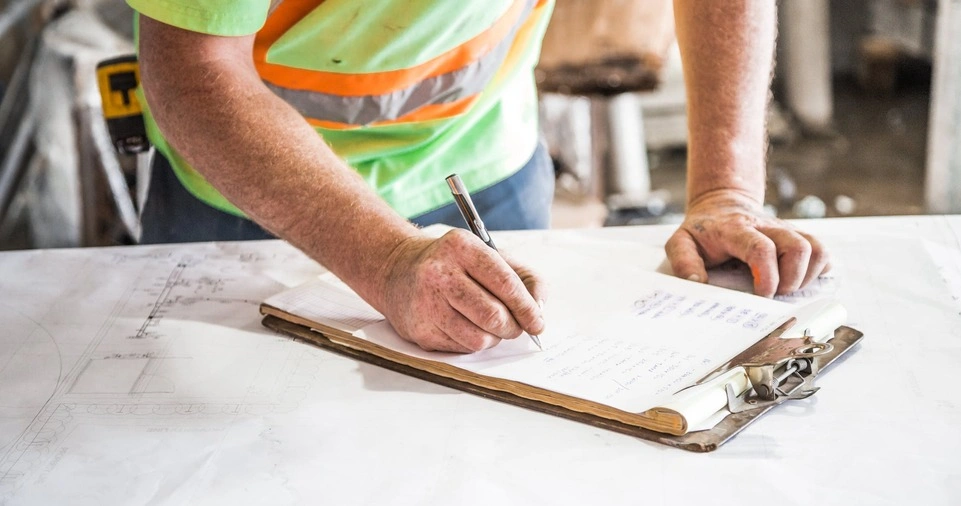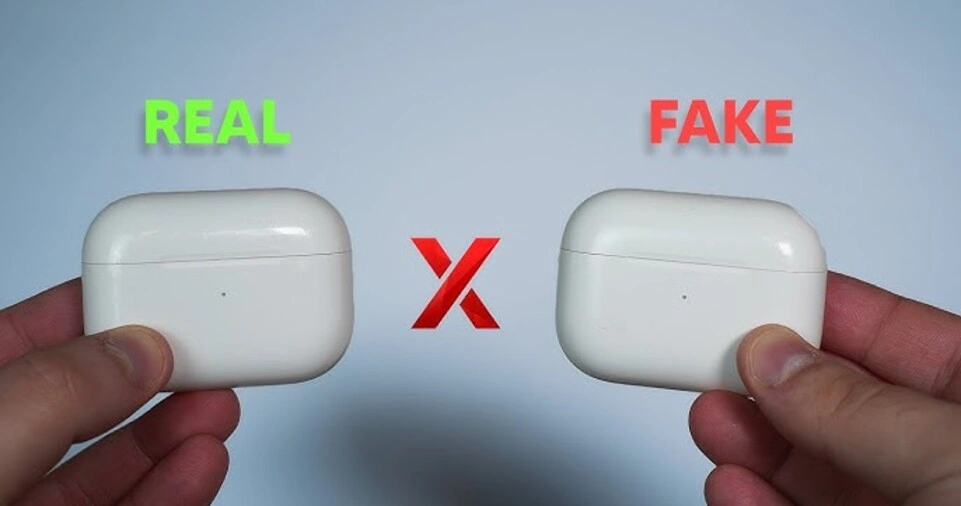In today’s digital world, technology plays a significant role in our daily lives. From smartphones and laptops to wireless earbuds and smartwatches, tech gadgets have become indispensable.
However, the rise in demand for these gadgets has also led to an increase in counterfeit products.
Fake tech products not only deliver poor performance but can also pose security risks, such as malware infections, battery explosions, and data theft.
Many unsuspecting buyers fall victim to counterfeit devices due to attractive pricing and deceptive packaging.
Identifying fake tech products before purchasing is crucial to ensure you get the quality and performance you expect.
Whether you’re buying from an online marketplace or a physical store, understanding how to spot counterfeit products can save you from financial loss and frustration.
This guide will provide you with a detailed step-by-step approach to recognizing fake tech products, ensuring that you make informed decisions and invest in genuine, high-quality technology.
Why Counterfeit Tech Products Are a Problem
Counterfeit tech products are not just an inconvenience; they come with several risks that can impact your experience and safety.
Here are some key reasons why fake tech gadgets should be avoided:
- Poor Performance: Fake tech products often lack the quality and performance of genuine devices. They may have inferior processors, weak batteries, and poor software optimization.
- Security Risks: Some counterfeit gadgets come preloaded with malware or spyware, compromising your data and privacy.
- No Warranty or Support: Unlike original products, fake devices do not come with official warranties or after-sales support.
- Potential Safety Hazards: Cheaply made batteries and chargers in counterfeit products can overheat, explode, or cause electrical shocks.
- Financial Loss: Investing in a fake product means wasting money on a non-reliable device that may stop working within weeks or months.
Now that we understand the dangers, let’s look at how to identify fake tech products before purchasing them.
Check the Seller’s Reputation

Buy from Official Brand Stores or Authorized Dealers
One of the easiest ways to avoid counterfeit tech products is to buy only from reputable sellers.
Big brands like Apple, Samsung, Sony, and Dell have official stores, authorized resellers, and verified e-commerce partners. If you are purchasing from an unknown seller, be extra cautious.
Look for Seller Ratings and Reviews
If you’re buying online, always check the seller’s rating and customer reviews.
Platforms like Amazon, eBay, and AliExpress allow buyers to leave feedback on their experience with a seller.
A seller with poor ratings, negative reviews, or a history of selling fake products should be avoided.
Beware of New or Unverified Sellers
Be cautious of sellers with very few or no reviews, especially if they are offering extremely low prices. Some fake sellers create new accounts frequently to avoid being detected.
Compare Prices with Official Listings
If the Deal Is Too Good to Be True, It Probably Is
Counterfeit tech products often lure buyers with significantly lower prices than the original product.
While discounts and deals are common, a price that is too low compared to the official website or trusted retailers should raise a red flag.
Compare Prices on Multiple Platforms
To check whether the pricing is realistic, compare the product’s price across various platforms like Amazon, Best Buy, and the brand’s official website.
If one seller is offering a deal that seems unbelievably cheap, it’s best to be cautious.
ALSO READ: Baby Cradles: A Comprehensive Guide for B2B Companies in the Baby Products Industry
Inspect Packaging & Branding
Check for High-Quality Packaging
Genuine tech products come with well-designed, high-quality packaging.
Counterfeit products often have:
- Cheap packaging materials
- Incorrect brand logos
- Poor print quality
- Spelling mistakes or grammatical errors
Look for Tamper-Proof Seals
Original products usually have security seals, holograms, or tamper-proof stickers to indicate authenticity. Fake products may have broken, missing, or poorly designed seals.
Verify Serial Number & Warranty
Check the Serial Number Online
Most tech brands provide a way to verify a product’s authenticity using a unique serial number.
You can usually find the serial number on the box, inside the device settings, or under the battery.
Visit the official brand’s website and enter the serial number to check if it’s genuine.
Ensure the Warranty Is Valid
Original products come with manufacturer warranties. Fake products either have no warranty or a fraudulent one that cannot be verified with the brand.
Check Build Quality & Materials

Assess the Device’s Weight and Feel
Counterfeit products often use cheaper materials, making them lighter or flimsy compared to the original. If the device feels unusually light or has rough edges, it could be fake.
Look for Branding and Logo Differences
Compare the device’s logo, font, and branding with the official product images on the manufacturer’s website. Even slight differences in spacing, color, or logo design can indicate a counterfeit.
Test the Product (If Possible)
Try It Before Buying
If purchasing from a physical store, ask to test the product before paying. Check if all functions work smoothly, as fake devices often have slow performance, lagging touchscreens, or malfunctioning features.
Check Software and System Information
For devices like smartphones, go to Settings > About Phone to check system information. If the specifications do not match the official product details, the device is likely fake.
Read Customer Reviews
Look for Genuine Buyer Feedback
Customer reviews can provide insights into a product’s authenticity. Look for detailed reviews that mention the device’s build quality, performance, and whether they received a genuine product.
Be Wary of Fake Reviews
Some sellers use fake positive reviews to mislead buyers. If reviews sound overly generic or similar, they may be fake.
Use Authentication Apps
Check for Brand-Specific Authentication Tools
Some tech brands offer QR code verification or mobile apps to check product authenticity. For example, Apple allows you to verify AirPods and other devices using the serial number.
Scan the QR Code on the Box
If the product has a QR code, scan it using your smartphone to see if it directs you to the official brand website. Fake products may have non-functional or misleading QR codes.
Check for Spelling Errors & Logo Differences
Look for Small Mistakes in Branding
Many counterfeit products have minor spelling mistakes, different font styles, or logo distortions. Compare with the original brand’s website to spot differences.
Be Wary of “No-Brand” or Generic Versions
Avoid Imitation Brands
Some counterfeit products use slightly altered names like “Samsong” instead of “Samsung” or “Nokla” instead of “Nokia.” Always cross-check brand names before buying.
Stick to Recognized Brands
If a product is unbranded or lacks manufacturer details, it is likely a counterfeit. Genuine products always have clear branding and manufacturer information.
Conclusion
Avoiding fake tech products requires careful research, attention to detail, and a skeptical approach to deals that seem too good to be true.
Always buy from trusted sellers, check for authenticity markers like serial numbers and official branding, and compare prices before making a purchase.
Investing in genuine tech products ensures better performance, longevity, and security, ultimately giving you peace of mind.
By following the steps in this guide, you can confidently navigate the tech market and avoid falling victim to counterfeit scams.

